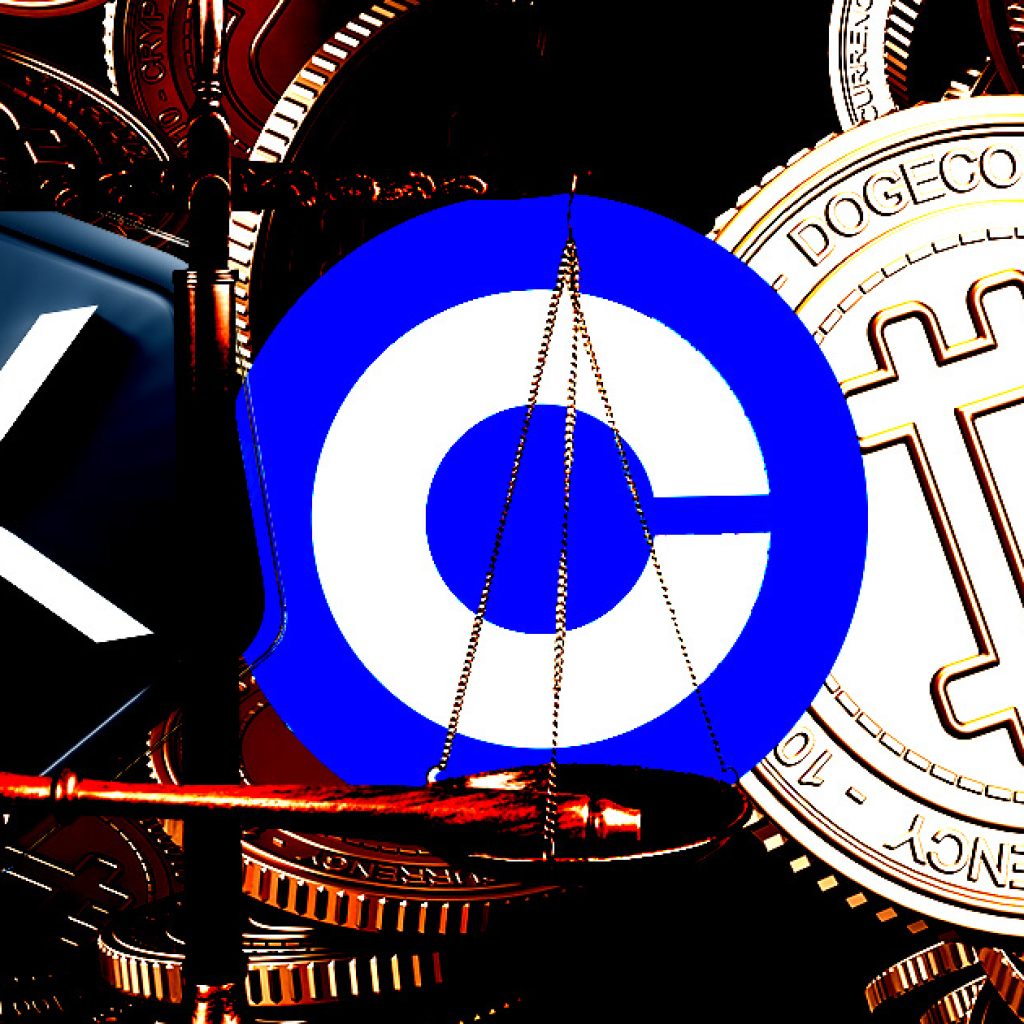The U.S. economy, defying expectations, has showcased a robust performance, presenting a complex scenario for the Federal Reserve. With the economy’s unexpected resilience, the question that looms large is whether the Fed will modify its stance on interest rates. Currently pegged at a 23-year apex of 5.25-5.5%, these rates are a testament to the Fed’s aggressive strategy to curb inflation. However, this strong economic showing could influence a reassessment of their approach.
The U.S. economy’s growth trajectory has been impressive, with a 3.3% annualized growth rate in the fourth quarter and a 3.1% overall growth in the year, outshining other major economies. This robust growth defies the grim recession predictions that were rampant earlier. The Federal Open Market Committee, under Jay Powell’s leadership, faces the intricate task of balancing this growth against the potential risks of inflation resurgence.
Economic Resilience and Policy Dilemmas
As the Fed contemplates its next move, the underlying strength of the U.S. economy is a critical factor. The GDP’s robust growth, coupled with a tight labor market, signals an economy in better shape than anticipated. This economic fortitude provides the Fed with the latitude to deliberate on interest rate cuts without the urgency seen in previous cycles. The debate now centers around the timing and necessity of these adjustments.
Fed Governor Christopher Waller’s recent remarks reflect this sentiment. Expressing confidence in nearing the 2% inflation target, Waller underscored the economy’s robustness, suggesting a more measured approach to rate adjustments. This stance is echoed by other economists and analysts, who anticipate a potential rate cut around mid-year, barring significant economic setbacks.
Market Expectations vs. Economic Reality
Investor sentiment and economic forecasts paint a mixed picture. While a segment of investors and market analysts foresee rate reductions in the near future, others, like Seth Carpenter of Morgan Stanley, caution against overly optimistic expectations. The anticipation of a ‘soft landing’ for the economy is prevalent, yet uncertainties about consumer spending trends and potential economic vulnerabilities persist.
The Fed’s approach to quantitative tightening also forms a critical part of this economic equation. The current pace of asset runoff, involving billions in U.S. Treasuries and government securities, may be up for reconsideration, reflecting the lessons from past experiences like the 2019 spikes in funding costs. These decisions will be crucial in shaping the U.S. economy’s trajectory in the coming months.
The U.S. economy, in its current state, poses a unique challenge to the Federal Reserve. On one hand, the strong growth and declining inflation suggest room for easing monetary policies. On the other, the potential for an inflation rebound and other economic vulnerabilities require a cautious approach. As the Fed navigates this complex landscape, its decisions will significantly influence the U.S. economy’s path in 2024. With the global economic context in flux, the U.S. stands at a pivotal juncture, with its monetary policies being closely watched by markets and policymakers worldwide. The Fed’s actions in the coming months will be crucial in determining whether the U.S. economy can sustain its growth momentum while keeping inflation in check.





